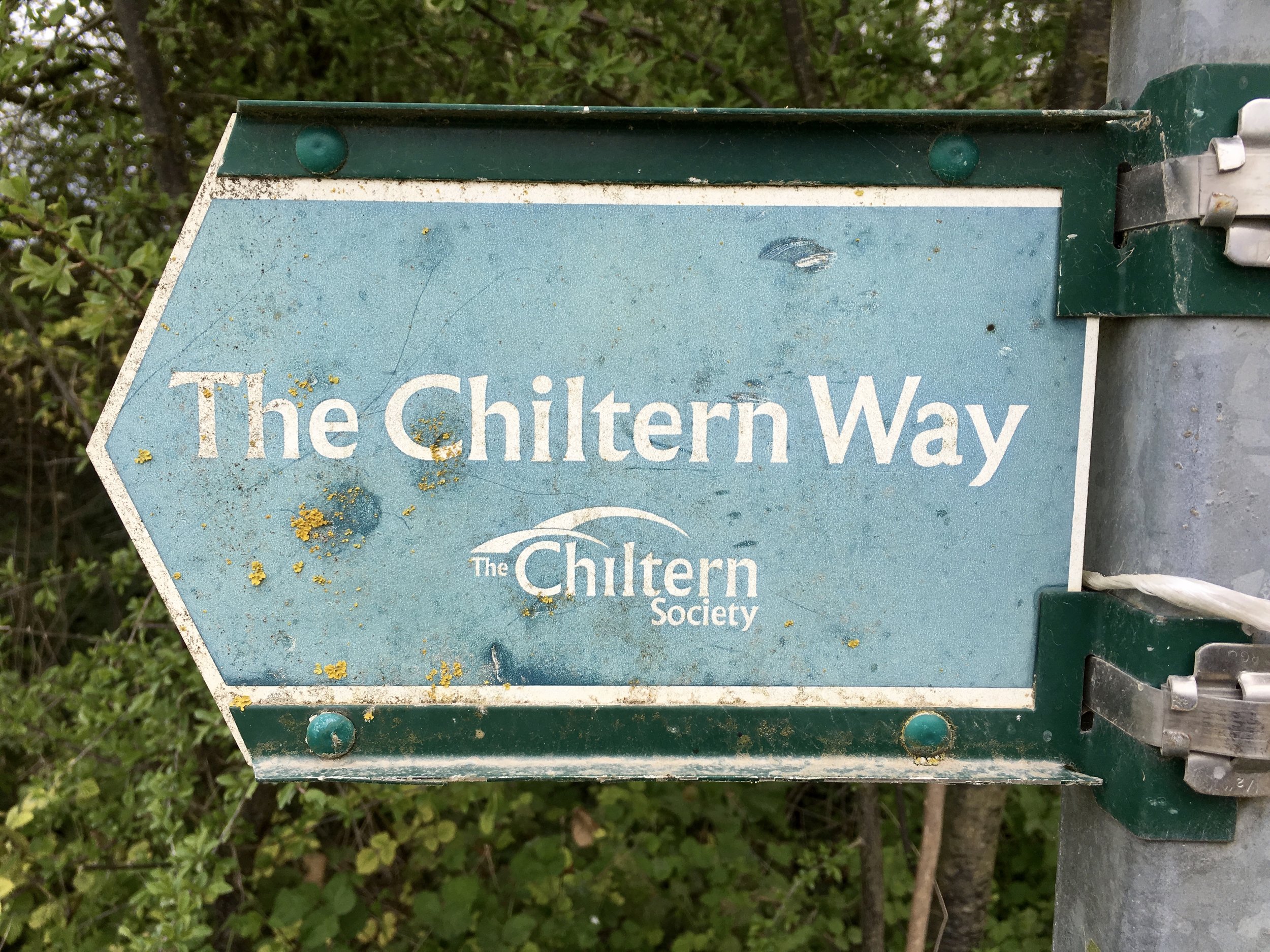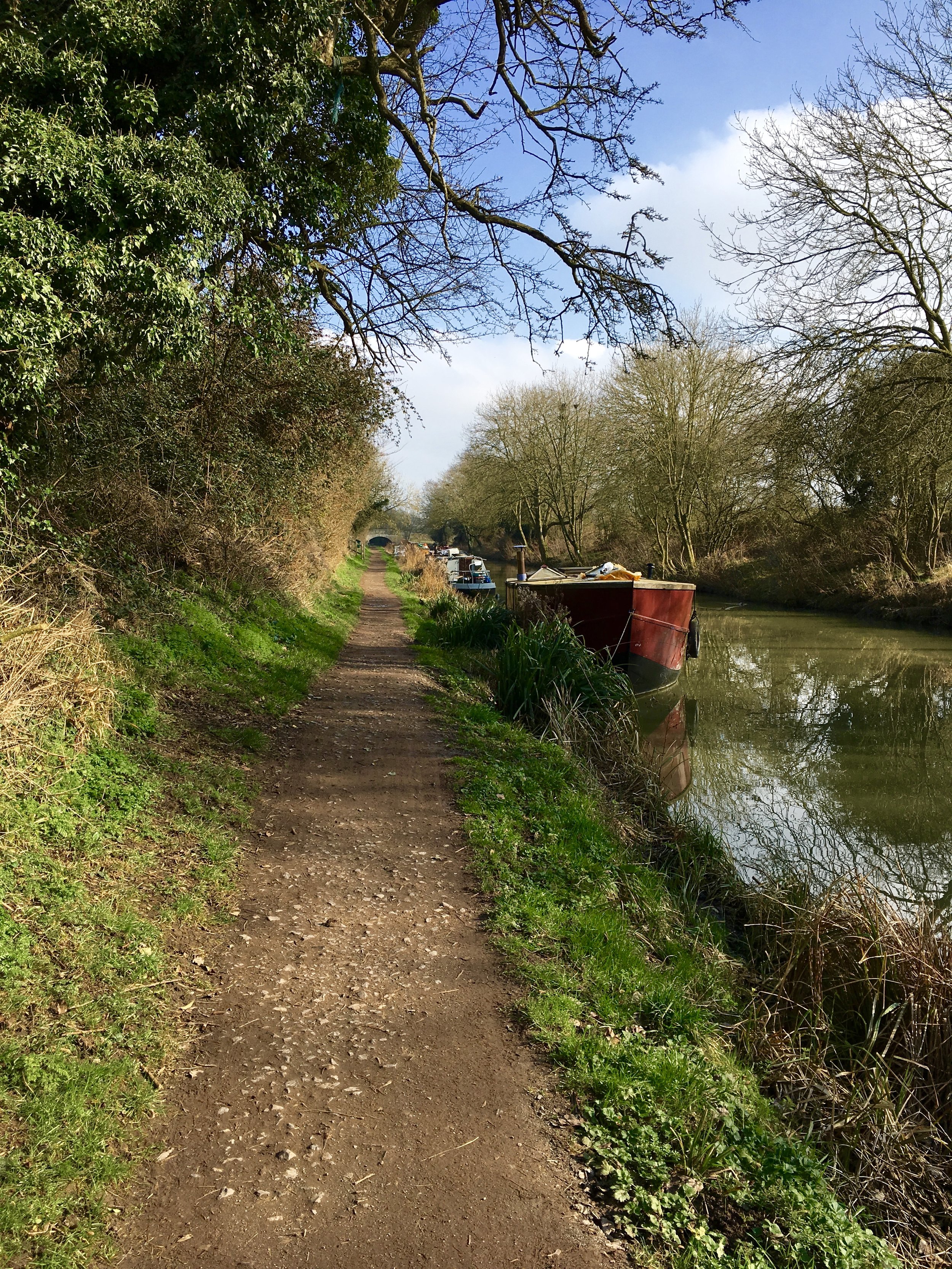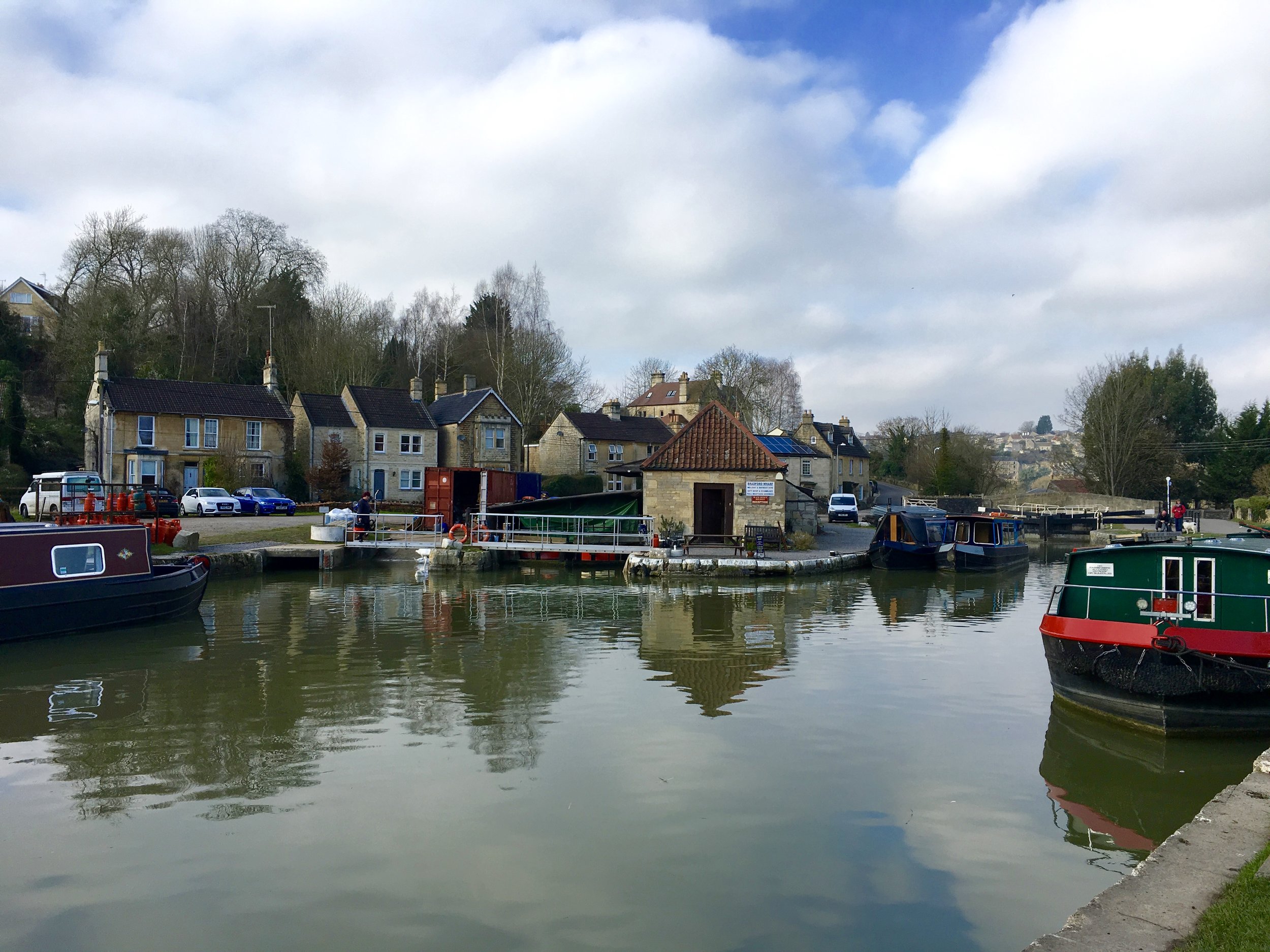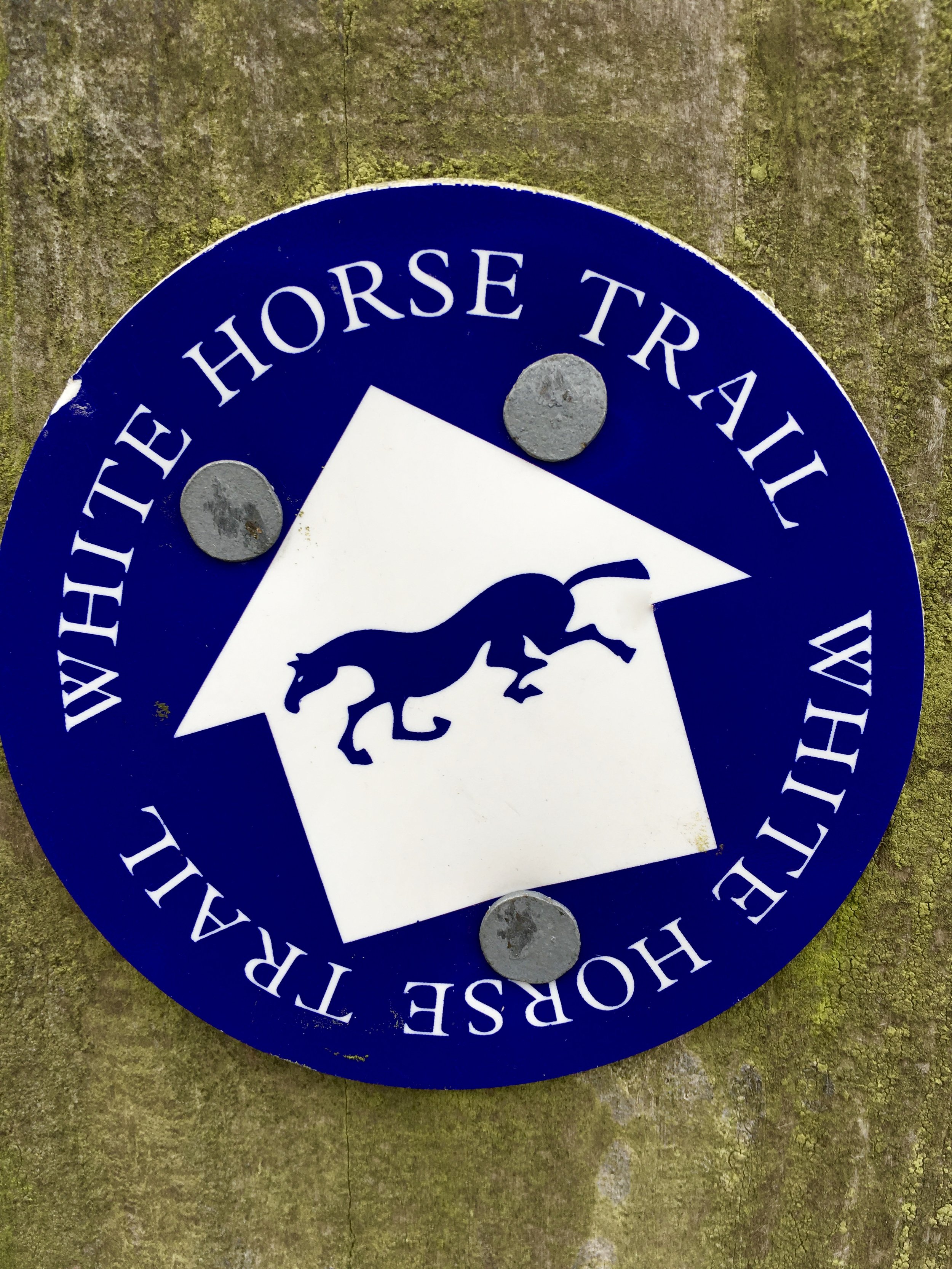Bletchley Park
/bletchley park
In the middle of September, Dad and I visited Bletchley Park, somewhere I'd wanted to go for a very long time. I find the history of what went on there fascinating and I've read a lot around the subject; Alan Turing's biography, memoirs of the ladies of Bletchley, Gordon Welchman's story of Hut 6 as well as more general histories of the war effort.
Bletchley is situated just outside Milton Keynes. Dad had been before about a decade ago and couldn't believe the wonderful restoration work that has taken place. The way the exhibits and stories are laid out is amazing. Everything is beautifully presented and you are either free to wander at will, take a guided tour or use an audio guide. Dad and I wandered freely around the huge and impressive site.
The big house is stunning and the rooms are staged as though their occupants have just stepped out for a breath of air. The huts are probably the most interesting and, although the layout of each is not known specifically, they are set out as though work is still ongoing. The interactive, touch screen exhibits are fantastic - you can have a go at cipher and code cracking, mathematical problem solving, pattern spotting or memory puzzles which are all fascinating. They also have holographic projections of characters on the walls, so it's like you're joining a conversation that started just before you walked in.
an enigma machine
inside one of the huts
There is also a fascinating museum with huge number of Enigma machines, films, deciphered messages, a lot of examples of Alan Turing's papers and books and crucially, his apology.
The reconstruction of the Colossus machine is, as you might imagine, colossal, although it would also have been incredibly noisy, oily and filthy. Soundtracks of the experiences the female operators had working with the machines play over speakers as you walk round.
miles of cables, hundreds of bulbs
A few minutes walk to the far end of the park brings you to the Museum of Computing which houses the only replica, fully functioning Bombe machine in existence and we had a fascinating talk from one of the 15 people who built and operate it. Miles of cabling, thousands of bulbs, hot, noisy and a bewildering array of turning, clicking dials - it's mind boggling that people could have invented and built a machine like it.
the replica bombe machine
how anybody can work this out…..
Bletchley is well worth a visit and I would allow a full day to explore and take it all in. Your ticket will also be valid for a year from the date of issue, so you can go back for free if you wish. It's such a fantastic reminder and memorial to those special, brilliant, dedicated, brave and loyal people who helped us win the war, but were never allowed to tell anyone what they did.
www.bletchleypark.org.uk
















































